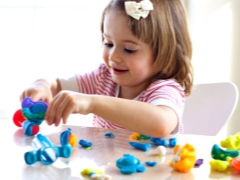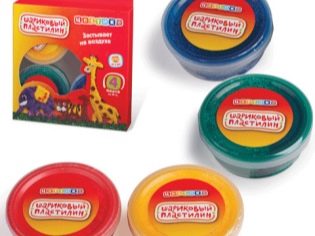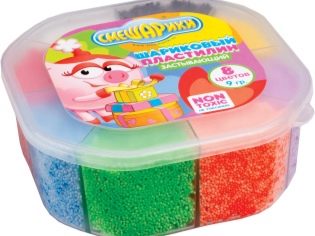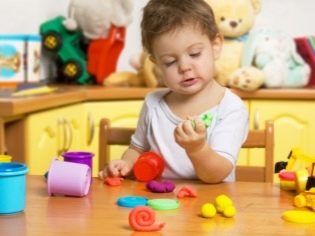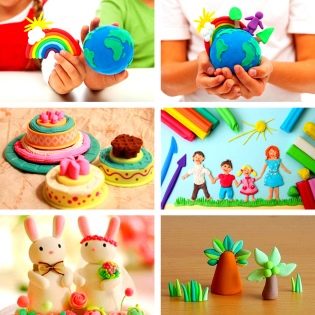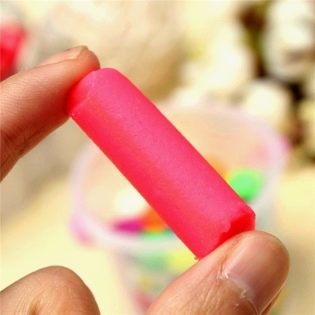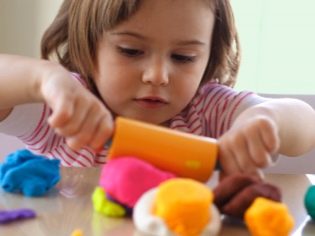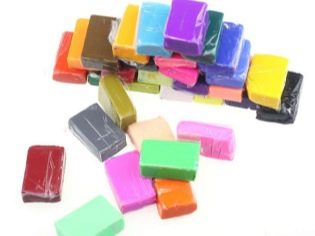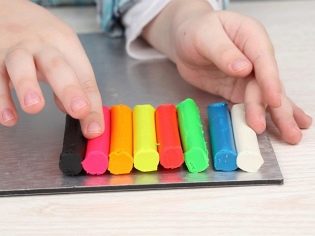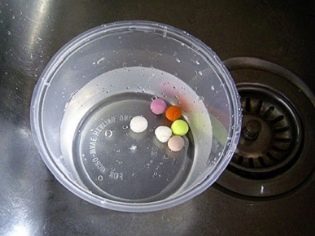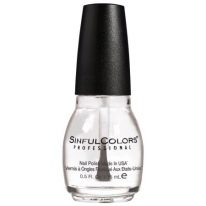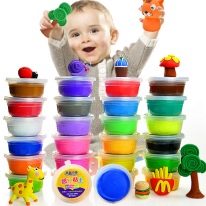Features of Claying Clay
Ordinary plasticine is intended for multiple modeling, so the figures from it are by their nature short-lived, easily deformed not only under mechanical impact, but also in conditions of average summer temperature. Nevertheless, sometimes the kids show such vivid examples of talent that one wants to keep the cobbled figure for a long time. It could even be put on public display, but again - it will not survive even the usual domestic summer.
Nowadays, unsolvable problems are practically non-existent, so consider two separate special types of hardening clay, and also figure out how to improve the durability of the figurines from the ordinary mass itself.
About the material
Actually, the simplest solution to the problem is to pre-purchase a special mass for the child, which is designed to store the finished results. The peculiarity of such clay is its ability to freeze from simple contact with air, since it gives moisture away very quickly. To avoid premature hardening drying plasticine is stored in special hermetic jars, after extraction of which looks just like ordinary.
It is necessary to sculpt from it quickly, because within a day it will lose any similarity with its classic counterpart, finally solidified.
However, this solution creates many problems:
- Firstly, the plasticine that freezes in the air, you need to buy in advance, that is, you will not save a ready-made figure from simple material.
- Secondly, working with it assumes not a possible, but a guaranteed excellent result, because one can no longer manage to fix the failed product.
- Thirdly, it is actually a self-hardening sculptural material that does not allow repeated use - it is difficult to learn from it, because then you will need too much raw material, and all unsuccessful attempts can only be thrown away.
Material for sculptures
This material has a lot of names - sculptural clay, art clay, polymer clay, or even just plastic. Some were lucky to work with such a person even at school labor lessons, but real sculptors learn and hone their skills on it. Unlike any other types of clay, polymer clay almost never sold in sets - only in separate bars of different colors, since the original purpose is exactly the classical type of sculpture.
Of course, polymer clay also needs to be bought in advance, and the hardened piece cannot be re-used, but there is one important “but”: now the owner himself determines when the fixation of the form will take place.
The fact is that the fixation here is caused, on the contrary, by high temperature - the resulting figure must be boiled in water or kept in the oven, depending on the type of base. This is a prerequisite for achieving hardness, so the clay that hardens when heated can be used an infinite number of times until you have boiled it. Without this important step, you can use it in the same way as the most common mass for sculpting.
How to turn the usual in hardening?
There are a couple of ways to make ordinary clay a new, completely atypical hardness. True, it is necessary to make a clarification here - it will be harder initially, that is, it will become harder to mold from it.
The most effective method is simple improvement of the plasticine chemical composition. The main raw material for the production of this material is often clay, but it does not hold together very well, or kneads too poorly for repeated use. Manufacturers have to add binders to it to simplify modeling and plasticizers to increase softness and elasticity. Our task is to reduce the number of such plasticizers in the composition.
This is done quite simply:
- Cut or break ordinary clay into small strips, and place in a bowl of water so that contact with the liquid takes place on a maximum area.
- Heat the vessel in any way to such an extent that the clay is completely melted, then mix the resulting mixture thoroughly.
- During the cooling process, the plasticine will begin to harden again, but plasticizers, which are fats, will at least partially be washed out with water. Collect the stiffening clay and carefully squeeze it out of the mixture of water and fats, and then place it in the freezer for the final elimination of water.
- Pour the remaining mixture of water with plasticizer. Depending on how pronounced the effect you need, you can repeat the procedure several times.
- There is another unusual way to increase the sustainability of a future product. To do this, ordinary clay, you must first mix with finely chopped pieces of material that does not change its properties under the influence of a typical room temperature.
Most often, copper wire is recommended as such an additive. However, you can not cut it, if you can make it a full-fledged frame that supports too heavy sculpture.
How to protect the finished figure from ordinary clay?
If the child unexpectedly surprised everyone and created something really worthwhile, but no one thought to buy him a special mixture for modeling, will have to resort to other methods of protection:
- Experts recommend to cover the finished sculpture with a protective layer of nail polish or hair spray. Naturally, this is not a panacea, but at least partially this solution will help protect the product from the negative effects of high temperature. However, this method is usually used only for small parts, such as leaves of trees, grass or hair, because a thin layer of varnish will not be able to withstand a large figure that has already melted inside.
- Actually as the heat drowns the clay, so the cold makes it harder. The refrigerator will help to save the little masterpiece - if you regularly hide the sculpture there, it will not have time to get very hot for the time it is exposed to public display, unless, of course, it is not forty-degree heat in the room. Actually, this method is most common when an ordinary child demonstrated the wonders of creativity, but then you have to pay constant attention to the figure day after day, and the slightest mistake can lead to product damage, and then all previous efforts to preserve it will go down the drain.
In the next video you will find a brief overview of the solidified clay.
